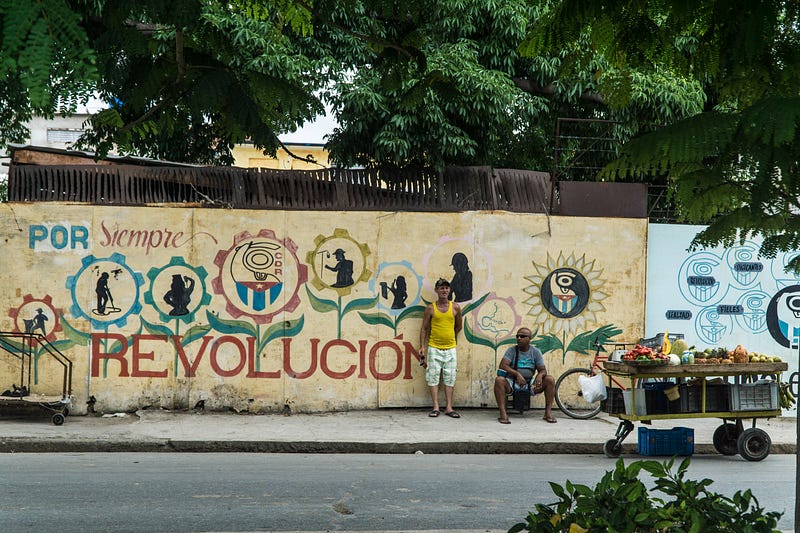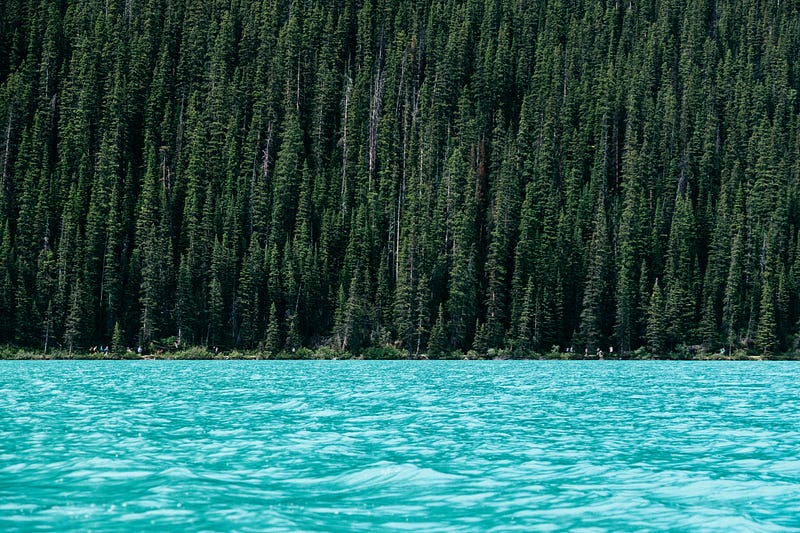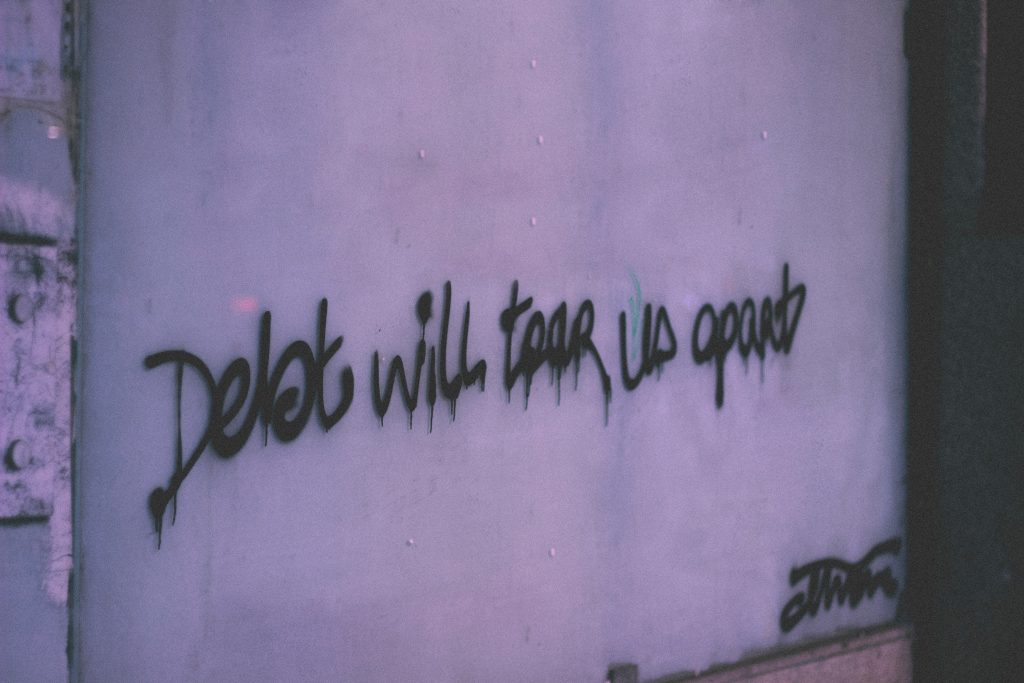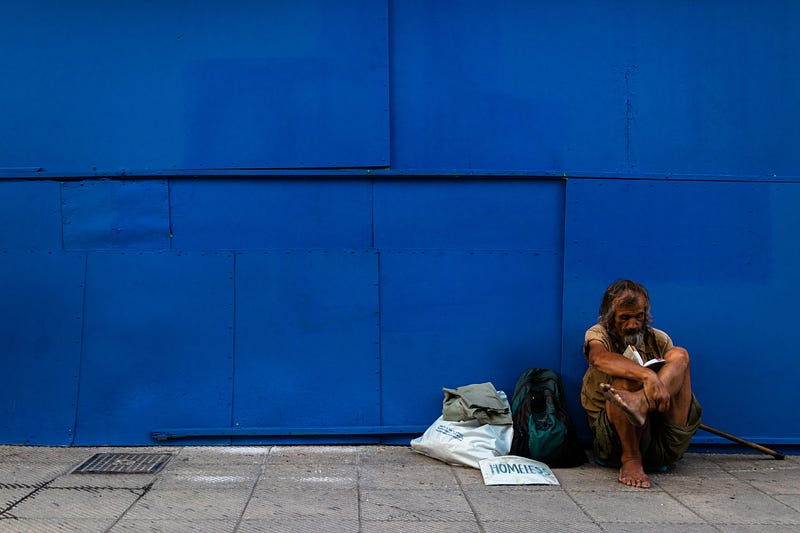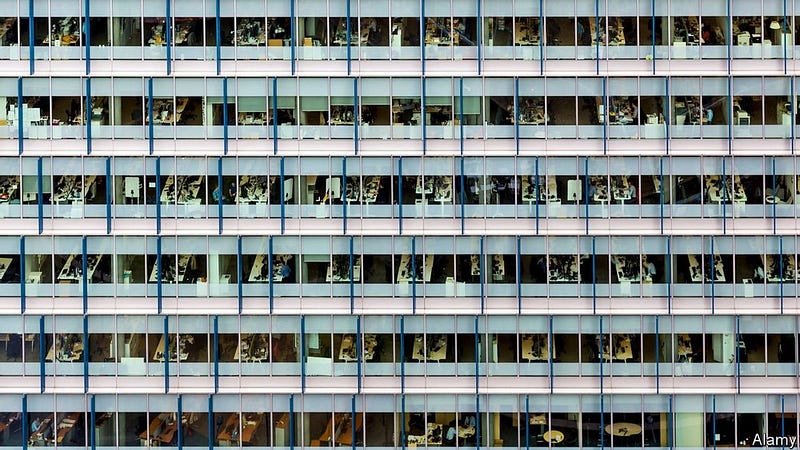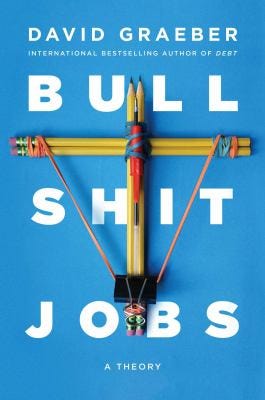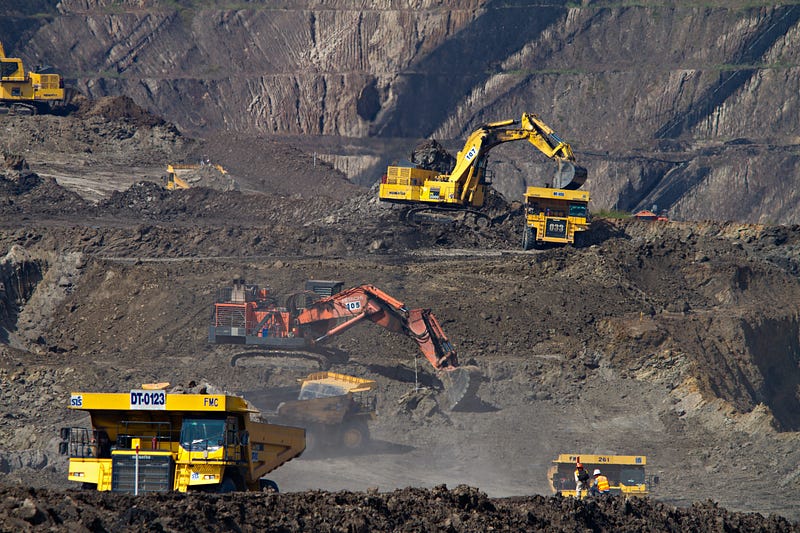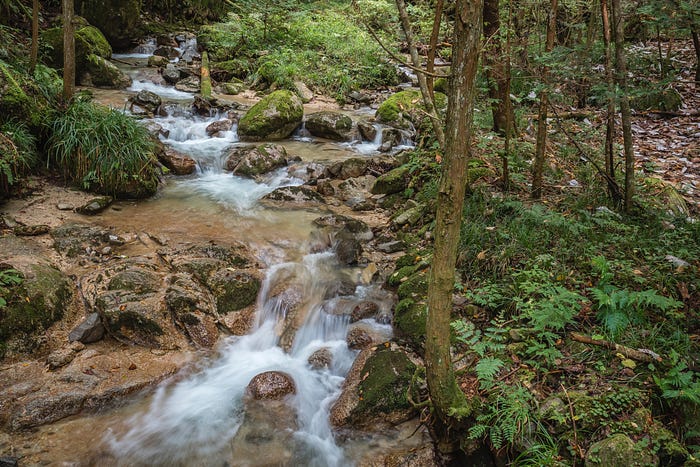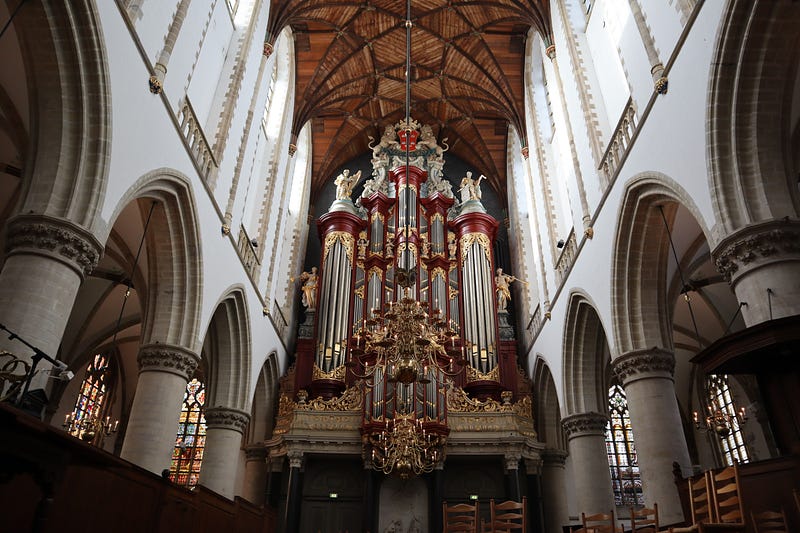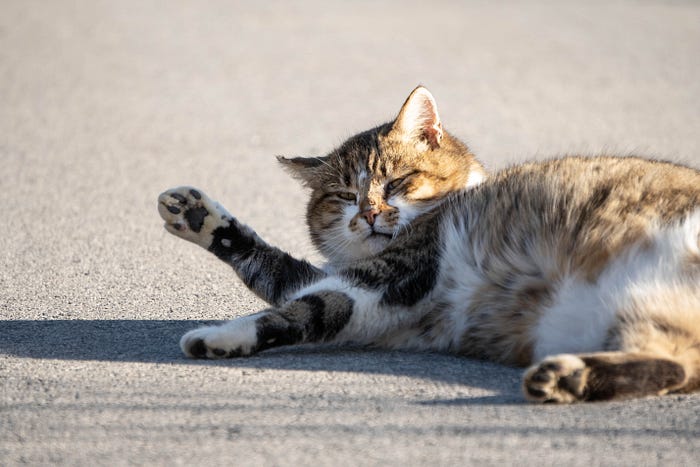Globalization no longer works. We need community-based economies.
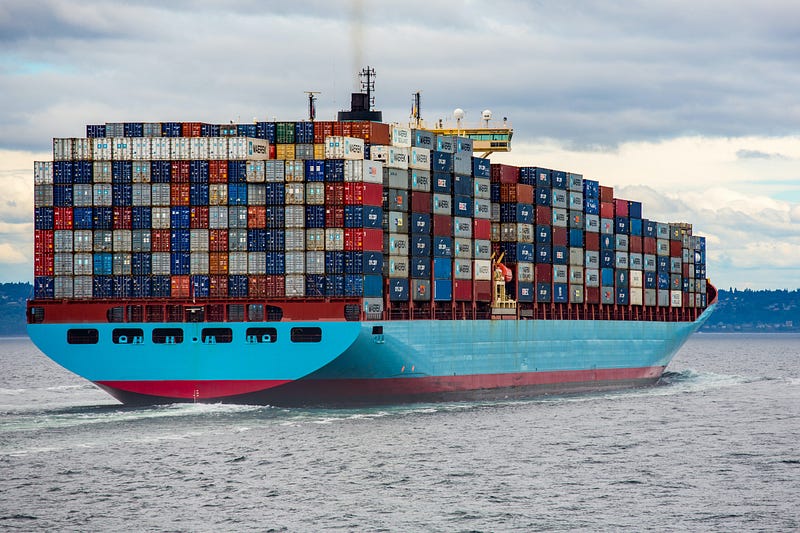
My friend Willa has an old Toyota that needs a part which Toyota no longer makes. They are supposed to be sending one from a warehouse somewhere, but four weeks have gone by and still no part. They apparently don’t have trucks, warehouse workers or drivers to ship it.
You may have experienced something similar, because global supply chains are breaking down. Trucker Joshua Collins the “co-op trucker” on Twitter, says, “Right now, your experience of the supply chain issue might just be less choices at grocery stores. But in December, you won’t be able to get important shit. This isn’t simply a trucker shortage. It’s an everything shortage. We don’t have enough people to load & unload trucks. We don’t have enough mechanics. Hell, we don’t even have enough trucks. The whole thing’s fucked at every level, & keeps getting worse.”
Supply chains are breaking because global capitalism is breaking. It’s time to go local. We don’t need to eat fruit grown in Chile or wear clothes from factories in Bangladesh. We don’t need the latest iphones made in China and six other Asian countries with materials from Chile, India, Brazil, Nevada, or mined with slave labor in Congo and Rwanda. That is a corporate capitalist way of life, where more and newer is always better.
Instead of producing and trading things locally, multinational corporations import and export all over the world, seeking the lowest prices and loosest environmental regulations, and paying the lowest wages they can. This brings down consumer prices, creating great wealth in the rich countries but making the whole system vulnerable to disruptions like those caused by COVID-19.
Trucks, trains, shipping containers and the workers who operate them are in short supply. Collins says, “With everything being shipped and re-shipped, trucks are wearing out. They’re not being kept up as well, because one of the products in short supply is truck parts. New trucks are extremely hard to buy because of needed parts, including for the manufacturing machines. So products are not being completed or have long waits to get to market.”
When you get raw materials from three continents, make them into parts on another, then assemble them somewhere else, (probably in China) ship them all over the world, then transport them from the ports on trucks and trains, a lot of things can go wrong. We saw during the early COVID closures that pharmacies ran out of a number of drugs made in China, often produced with chemicals made in India.
And even when global capitalism is working smoothly, it punishes people and planet. It may make finished goods cheaper, but it does so by driving down wages and poisoning environments with industrial chemicals and fossil fuel emissions to power all that shipping.
What is globalized capitalism?
“Globalization” is an American term. Most of the world calls what’s happening “Americanization,” because the whole system is set up to benefit US corporations and spread the American way of life.
Michael Hudson, IMO the world’s greatest economist, described in his book Super-Imperialism how, by spending billions of dollars on wars, military buildups and consumer spending, the US ran up enormous debts to Japan, Saudi Arabia, and other rich countries. But the debts would not be paid, only rolled over into new Treasury bonds. Creditors couldn’t use the money to buy companies or important properties in the US, only stocks, bonds, and minor properties like the Pebble Beach golf course. By buying US treasury bonds, other countries finance the US government and military and keep stock markets rising.
Why did other countries go along with this scam? For the same reasons John Perkins described in Confessions of an Economic Hitman; leaders who didn’t go along were either bribed, persuaded, threatened, murdered, or overthrown, as happened in Iraq, Libya, Brazil, Panama, Indonesia, and dozens of other countries.
Countries of the global South have literally not been allowed by rich countries of the North (not only the USA) to develop local agriculture to feed themselves. They are only allowed to invest in their export/import sector. When socialist Honduran president Manuel Zelaya started fostering food production for local use in 2009, the Obama/Biden administration sponsored his overthrow by the military. The self-sufficient agriculture program stopped.
The World Bank and the International Monetary Fund (IMF) force debtor countries to focus on exports and open their markets to imports from the US and Europe. Otherwise their loans go into default and they get no money at all.
Globalization is not the international capitalism Adam Smith envisioned in The Wealth of Nations. Economist Herman Daly explained the difference in this article. Early capitalist thinkers thought each country would have its own self-sufficient economy, supplemented by importing things they didn’t produce and exporting things that they made well. This is called international trade and is a good thing.
Globalization is different. Countries are not to have their own economies; they’re supposed to meet all their needs by trading in a global economy and focus on what they can export (read: raw materials or tropical fruit). This leaves poor countries completely at the mercy of the industrialized North. It also leads to long, complicated supply chains that easily break down.
The only way to be even partially free of global corporate capitalism is to have food security and productive capacity of your own. This is true of communities as well as countries.
Going Local
When we buy all our stuff from Amazon and our food at corporate supermarkets, it might be hard to imagine living without global capitalism. But global supply chains are a recent development. Indigenous people had local economies for centuries. Peasants and small farmers met their own needs and shared with each other. They’d work together to build a barn or harvest a field. In fact, family farmers in many countries still share farm equipment. They trade with each other in local markets.
Capitalism has trained us that each family, and often each individual, relies on their own money to meet their needs, and that money must come from competing in the globalized market place. As we can see from growing poverty and homelessness, many come up short in that system.
We don’t have to do it that way. We could rely on strong communities and local economies, as people did for 100,000 years before capitalism. We might not have as much stuff, but we wouldn’t have the extreme poverty, isolation, and crime we see now. Some things people can do to build local economies include:
● Shop at locally-owned businesses, instead of Walmart or Target. Seek out businesses that sell regionally-produced goods.
● Try to build up local supply chains. Maybe start a business your community needs. Ask existing local companies and neighbors what products or services they import that you could provide locally.
● Consider local currencies — historically, many towns, districts, and countries have established their own money when the official money became hard to get. In the modern USA, this Wikipedia page lists over 60 of these local currencies now in operation.
To organize a local currency, one has to sign up merchants to agree to accept the local money, which requires a critical mass of companies who will take them and people who will work for them. When a local currency has enough users, people can pay each other with it for work or local trade. Some local currencies can be traded for national currencies if people agree.
● Trade in kind — people can barter or share things with a program like Buy Nothing, or buy things from each other instead of from corporations, perhaps using sites such as Craig’s List or NextDoor.
● Start a workers’ cooperative business. These build economies and strengthen community at the same time. From what I read and what I hear from friends, though, they do involve a lot of meetings.
● What can be produced locally? Most important are food, clothing, and shelter, right? Most communities have available vacant housing, though it might need a lot of repair. Unfortunately, capitalist governments tend to call people who live in unused housing “squatters” and evict them, but people fight the evictions and sometimes win.
● Growing more food is essential and can be done even in urban areas, even in winter with greenhouses like these.
● There is so much clothing in the USA now that a lot is being dumped. Really, nobody ever has to shop for clothes new anymore. And every community has people who can make clothes, if they don’t have to compete with Ross or Target.
● Whole countries have gone local. After the USSR disbanded in 1992, Cuba lost access to oil and much of its imported food. Under a US embargo, they were kicked out of the global economy entirely. They had some very hard times, but with local farms in cities and villages, widespread use of bikes, communities organizing themselves to create what they needed, they pulled through and remain healthier and longer-lived than US Americans to this day.
Think big about going small. Perhaps we can’t end capitalism without a revolution, but we can get ourselves out of it to a large degree. If we turn people’s creativity loose, who knows what they’ll come up with? We just have to get off the supply chain.
Sources
On starting a local currency
Urban farming successful examples, and this article on barriers and difficulties.
Books on what’s wrong with globalization and how we can do better.
Graeber, David Debt: the first 5000 years
Hudson, Michael Super-Imperialism: The economic strategy of US imperialism
Daly, Herman Ecological Economics and Sustainable Development
Schumacher E.F Small is Beautiful: Economics as if People Mattered — one of the first books on localism, and still good.
Books which includes teaching on how indigenous economies worked
Kimmerer, Robin Wall Braiding Sweetgrass: Indigenous Wisdom, Scientific Knowledge, and the Teachings of Plants. I always refer to this book, because it changed my life and the way I think.
Dunbar-Ortiz, Roxanne An Indigenous People’s History of the United States
The Center for the Advancement of the Steady-State Economy works to get the world off global capitalism and on to a sustainable economy.
— — — — — — –
Thanks for reading! Please comment, share, or steal. Follow me on Twitter, on Facebook or on medium.com. Hire me for freelancing, editing, or tutoring on Linked In


